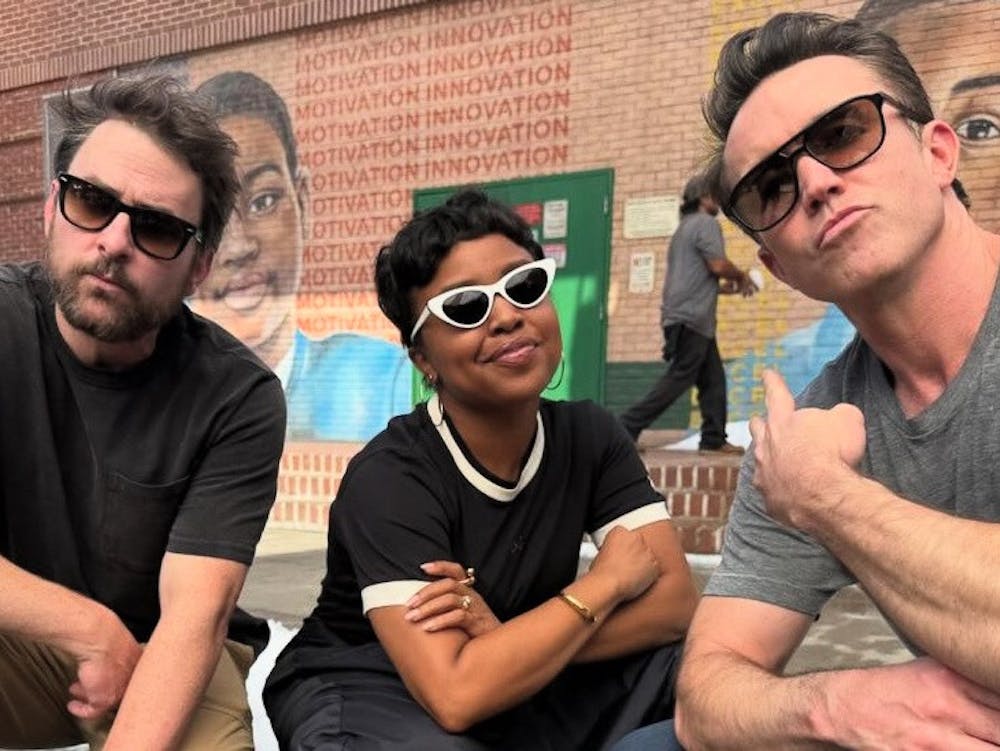Picture this: you are eight again, transported back to your childhood. You eagerly leap out of bed and run to the television. There was a thrill that came with knowing a crossover episode was coming. It was like finding out two separate worlds — both familiar and beloved — were going to collide in a way that defied reality and felt like a personal gift. When the episode finally aired, it was never disappointing. Seeing characters you knew so well interact in a different setting felt almost magical, like discovering a hidden world you were not supposed to see. They would meet each other with that same blend of curiosity and skepticism that you had imagined, and you would watch them figure each other out, bringing bits of their own worlds with them.
As we have grown up and elements of our childhood slowly dwindled, it seems that the concept of television crossovers dwindled alongside them. Whether it be due to the fragmentation of TV audiences, streaming-driven changes, the complexity of production or something entirely different, television crossovers are not what they used to be. However, a recent teaser of a crossover to come may have reignited that enthusiasm for many.
“Abbott Elementary” creator Quinta Brunson and “It’s Always Sunny in Philadelphia” star Rob McElhenney revealed that the two well-loved shows would be merging into one comedic powerhouse for a two-episode special in an Oct. 3 tweet. This quickly became a highly anticipated crossover, sparking conversation amongst fans of both shows.
“Abbott Elementary” is a fresh, mockumentary sitcom that delves into the lives of a group of dedicated teachers working in an underfunded Philadelphia public elementary school. The show centers on Janine Teagues (Quinta Brunson), an enthusiastic, idealistic second-grade teacher who is deeply committed to making a difference despite the odds stacked against her — including her colleagues. The teachers at Abbott face various challenges — such as budget cuts, outdated resources and an administration that is often hilariously out of touch. While the teachers’ efforts are often met with bureaucratic obstacles and laughable scenarios, the characters bring warmth and optimism to every situation, creating a show that is funny and heartfelt.
On the other hand, “It's Always Sunny in Philadelphia” is a long-running dark comedy series that follows the lives of “The Gang” — a group of five narcissistic, self-centered friends who run Paddy's Pub, a dilapidated bar in Philadelphia. The show centers around the absurd and often unethical schemes the characters come up with, usually in pursuit of their own twisted idea of success, fame or a quick buck. These schemes almost always backfire, leading to ridiculous and chaotic situations.
At first glance, these two shows seem to have absolutely nothing alike aside from the fact that both take place in Philadelphia, but could that be what will make the crossover uniquely amusing? Fans are eager to find out. All of the buzz surrounding this odd pairing brings attention to the nature of crossovers and their history in television.
Television crossovers have a storied history dating back to the early days of network TV, uniting characters from different shows for a shared storyline or brief encounter. As TV grew in popularity, crossovers became a way to create buzz and boost viewership by combining fan-favorite characters, such as when Austin and Ally met with Jessie at Times Square. These crossovers fostered deeper engagement and created a sense of community, bridging separate shows to make it feel like they all existed in the same world. Crossovers also allowed networks to showcase the versatility of characters, experiment with new storylines and reward loyal fans with something special.
Extending even beyond television, crossovers have played, and continue to play, a pivotal role in how popular culture perceives and accepts films. A fresh example is the recent, titular crossover in “Deadpool & Wolverine.” Many Marvel fans have gone as far as arguing that the movie “saved” the Marvel Cinematic Universe from its recent failures, emphasizing the impact these collisions can have on our art and culture scene.
Regardless of how “The Gang” crosses paths with the teachers of “Abbott Elementary,” there is no doubt that the outcome will be dynamic, humorous and, above all, a revival of an integral part of film and television that seems to have waned in recent years. As we see less and less crossovers in our shows and movies, we can only hope they come back. One thing is for certain: with what I have lovingly dubbed “Abbott’s Always Sunny in Philadelphia,” fans will surely be transported back to a simpler time — a time where they excitedly ran toward the screen to witness their favorite characters stumble upon one another and conjoin their two universes. Only this time, this established connection will hopefully transform into something that stretches beyond just two episodes and revitalizes the fire that once was cinematic crossovers.
Get The Chronicle straight to your inbox
Sign up for our weekly newsletter. Cancel at any time.
Jenna Arafeh is a Trinity first-year and a staff writer for Recess.

